10 Boxers Who Lost Their Lives Due to In-Ring Injuries
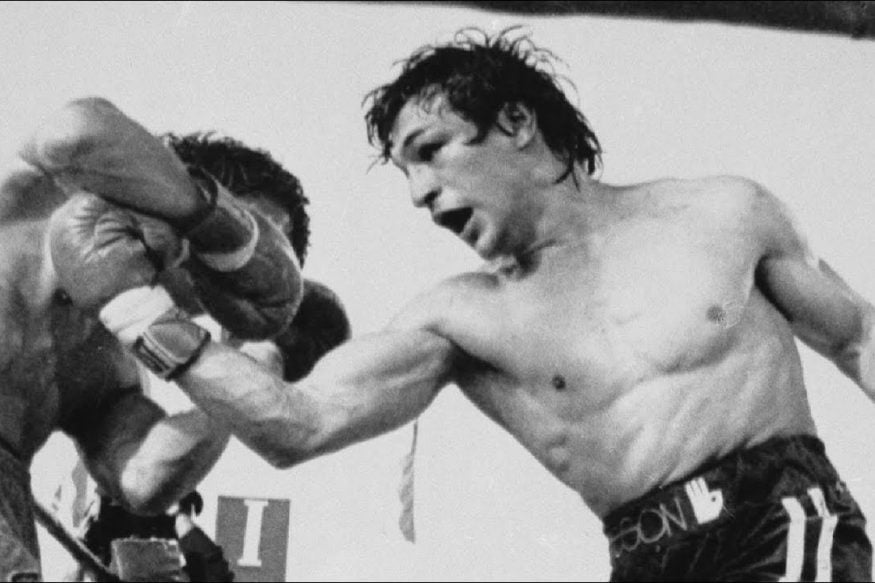
Understanding the Dangers of Boxing
Boxing has always carried inherent danger, as fighters put everything on the line every time they enter the ring. While most athletes leave the ring unscathed, a tragic minority suffer fatal consequences from competing in the sport. According to one study, between 1890 and 2011, there were 1,604 deaths caused by boxing-related injuries-an average of 13 fatalities annually. The 1920s alone saw 233 deaths, a number that has declined in more recent decades, with 103 reported in the 2000s, as medical standards and safety protocols improved.
This article reflects on 10 boxers who lost their lives due to in-ring injuries, reminding us of the risks athletes endure in pursuit of glory.
Frankie Campbell (vs Max Baer, August 25, 1930)
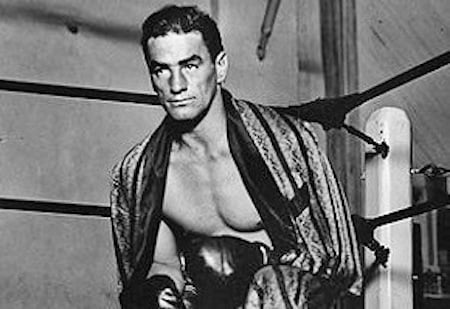
In a bout with future heavyweight champion Max Baer, Frankie Campbell, an Italian-American boxer, was fatally injured. Although Campbell had knocked Baer down in round two, it was called a slip by the referee. As Campbell turned his back, Baer struck him with a powerful right hand to the head. Campbell told his corner that "something feels like it broke in my head," but continued fighting until the fifth round, where he took further punishment before the fight was stopped. Campbell died hours later in hospital from a double cerebral hemorrhage. Baer faced manslaughter charges, although these were later dropped. As a result, both corners and the referee were suspended for a year.
Jimmy Doyle (vs Sugar Ray Robinson, June 24, 1947)
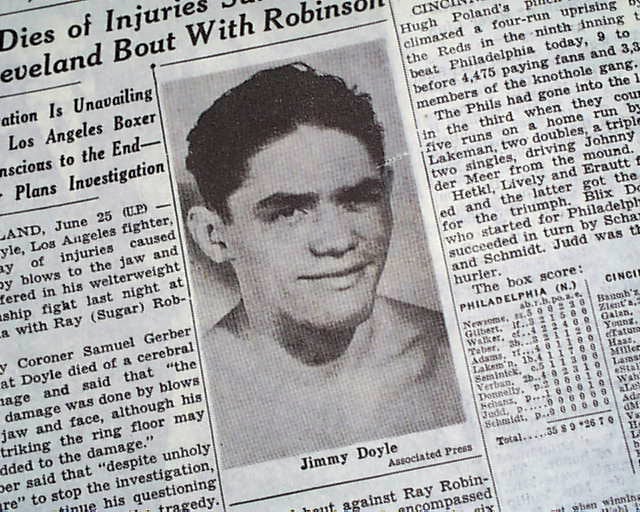
Jimmy Doyle's death marked a somber moment in boxing history as he became the first boxer since the 1800s to die in a world title fight. Sugar Ray Robinson had experienced a nightmare foreshadowing Doyle’s demise and even tried to cancel the fight, but was persuaded to continue. Doyle, aged just 22, suffered a knockout loss in the eighth round and never regained consciousness, passing away after surgery. Distressed by the outcome, Robinson donated earnings from subsequent fights to support Doyle’s family.
Davey Moore (vs Sugar Ramos, March 21, 1963)
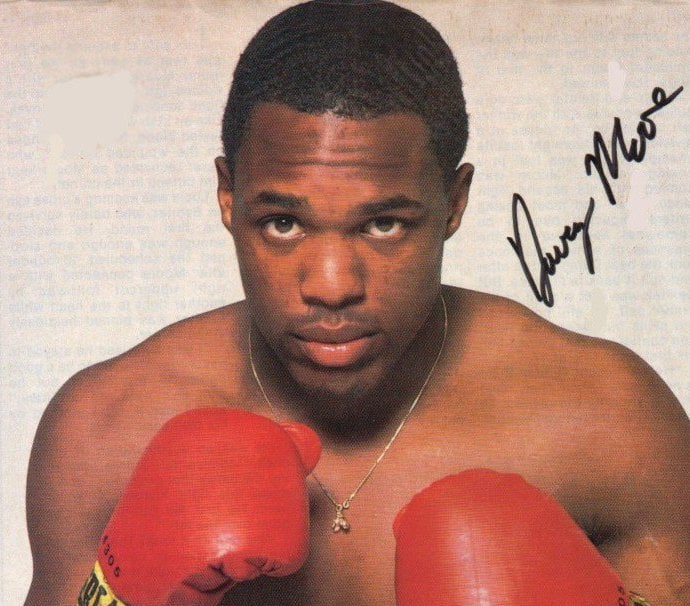
The tragic death of Davey Moore inspired Bob Dylan’s song “Who Killed Davey Moore?” and led Pope John XXIII to publicly condemn boxing. During a featherweight title defense against Sugar Ramos, Moore fell awkwardly in round ten, landing on the bottom rope. He managed to finish the round but collapsed backstage. Moore fell into a coma after the match and died 75 hours later, highlighting the severe risks associated with professional boxing.
Young Ali (vs Barry McGuigan, June 14, 1982)
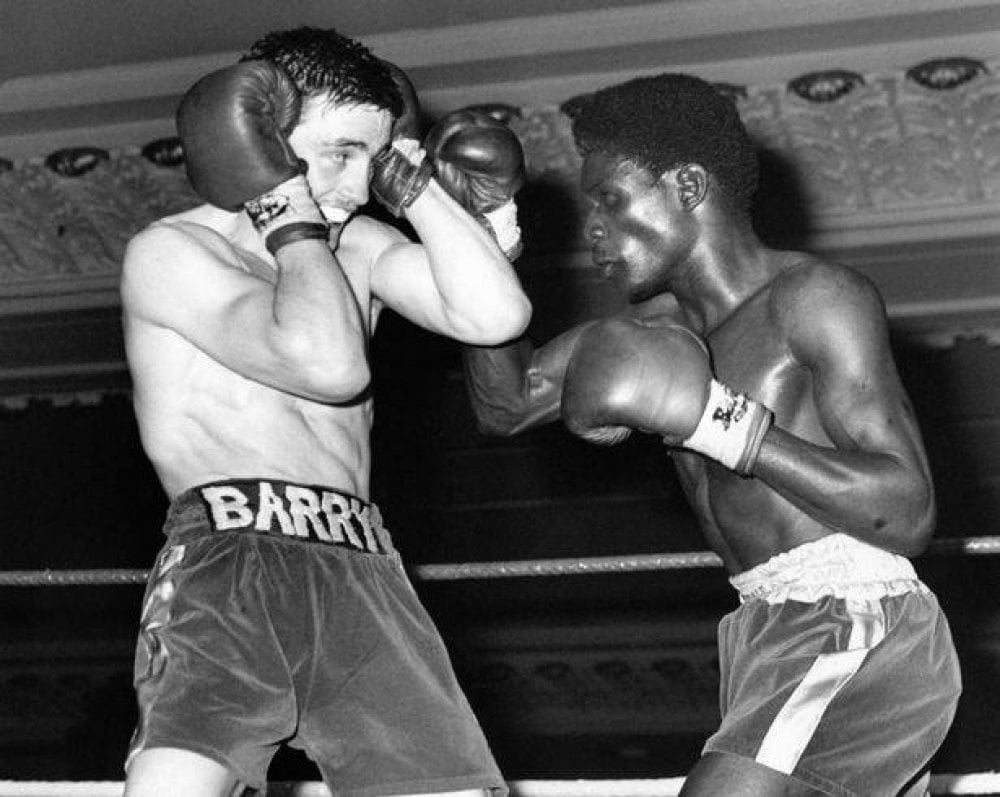
Young Ali, whose birth name was Asimi Mustapha, collapsed after his sixth-round loss to Barry McGuigan. He was carried from the ring in London and placed on life support, before eventually passing away at home, survived by his pregnant wife. The event left a lasting impact on McGuigan, who later dedicated his world title victory in 1985 to Young Ali.
Kim Duk-koo (vs Ray Mancini, November 13, 1982)

Kim Duk-koo of South Korea faced Ray Mancini in a match that would reverberate throughout boxing. After a relentless fight, Kim collapsed into a coma and died four days later, despite emergency brain surgery. The tragedy directly prompted changes in boxing regulations, most notably reducing the number of championship rounds from 15 to 12, in a bid to enhance fighter safety.
Roman Simakov (vs Sergey Kovalev, December 5, 2011)
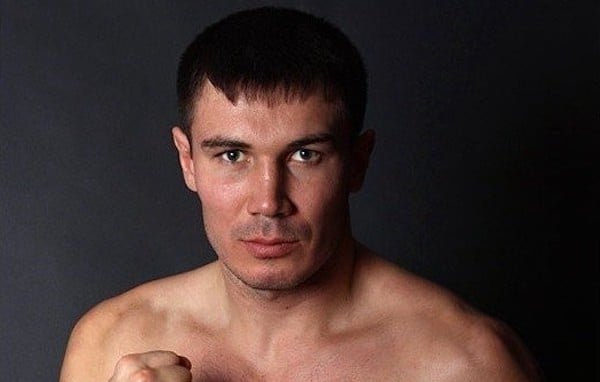
Roman Simakov, a light-heavyweight from Russia, collapsed during a fight with Sergey Kovalev and later died from brain injuries. Only 27 years old, Simakov’s death left Kovalev deeply affected. Despite reaching out to help Simakov’s mother financially, Kovalev has rarely spoken about the incident publicly. Believing his presence would be too painful for the bereaved, Kovalev did not attend Simakov’s funeral.
Mike Towell (vs Dale Evans, September 29, 2016)
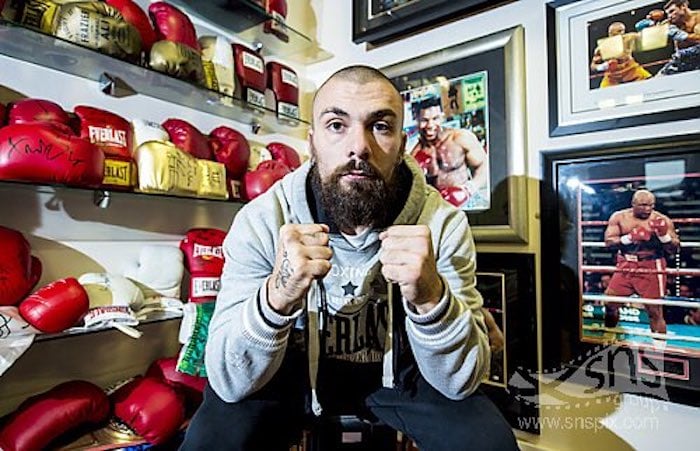
Scottish welterweight Mike Towell suffered a fatal brain hemorrhage after being stopped in the fifth round of a bout against Dale Evans in Glasgow. Towell was rushed to the hospital but succumbed to his injuries. The boxing community rallied around his family, with fundraisers and donations-one campaign alone raising over £50,000. His opponent, Evans, later shared that meeting Towell’s mother brought him much-needed solace in the aftermath.
Scott Westgarth (vs Dec Spelman, February 24, 2018)
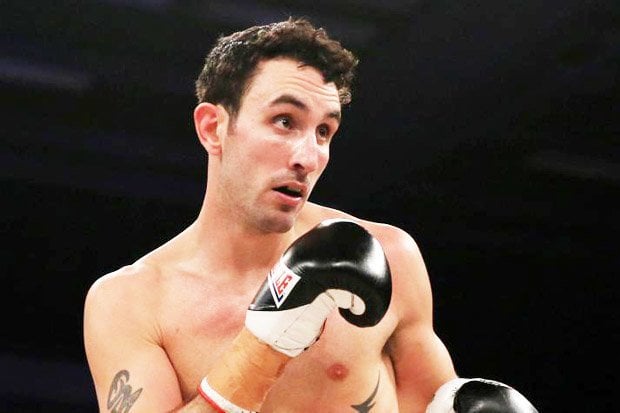
Scott Westgarth emerged victorious over Dec Spelman in their 10-round light-heavyweight contest in Doncaster, but collapsed afterward and died two days later in hospital. Westgarth’s family, showing grace in tragedy, has since formed a bond with Spelman, stating that they harbor no resentment towards him.
Maxim Dadashev (vs Subriel Matias, July 19, 2019)
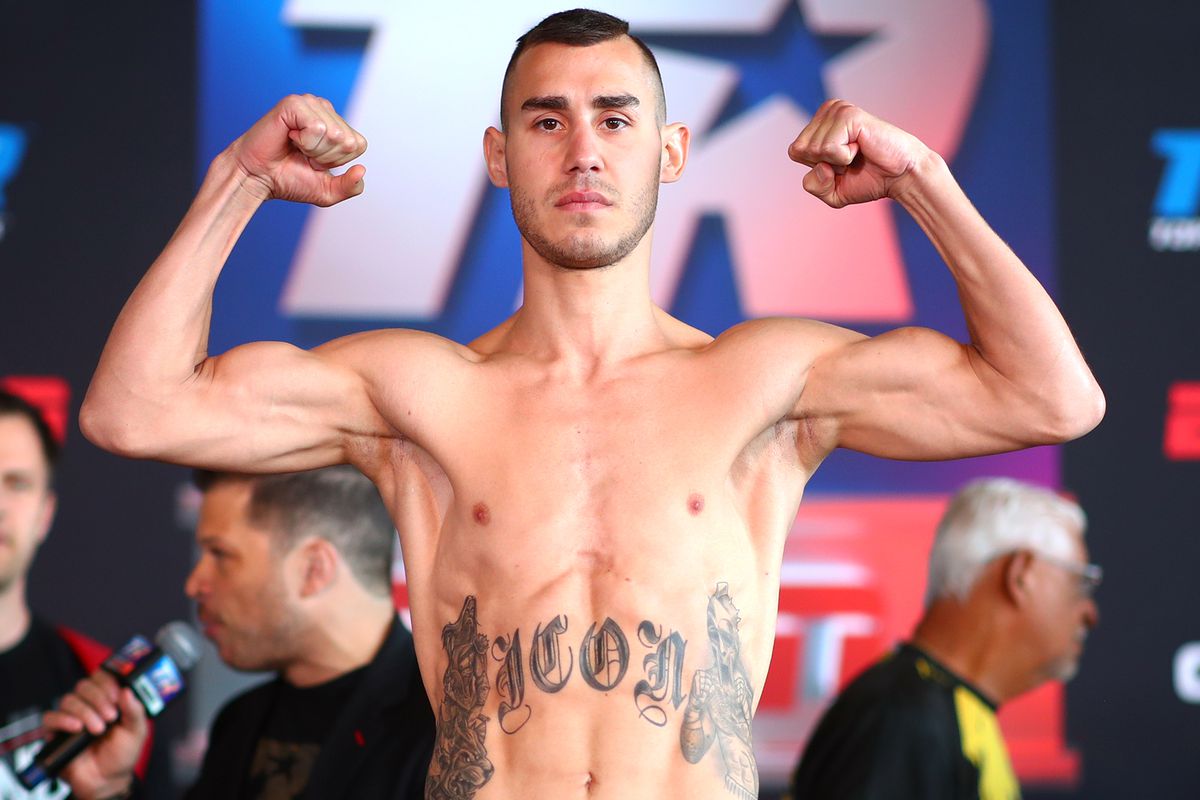
Maxim Dadashev, a Russian light-welterweight, tragically died at age 26 following his match with Subriel Matias. Trainer Buddy McGirt stopped the fight in the 11th round out of concern for Dadashev’s health, but the boxer collapsed and required immediate surgery for a brain bleed. Despite efforts to save him, Dadashev passed away, leaving behind his wife and young son. Support for the family came from across the boxing world after his death.
Patrick Day (vs Charles Conwell, October 12, 2019)
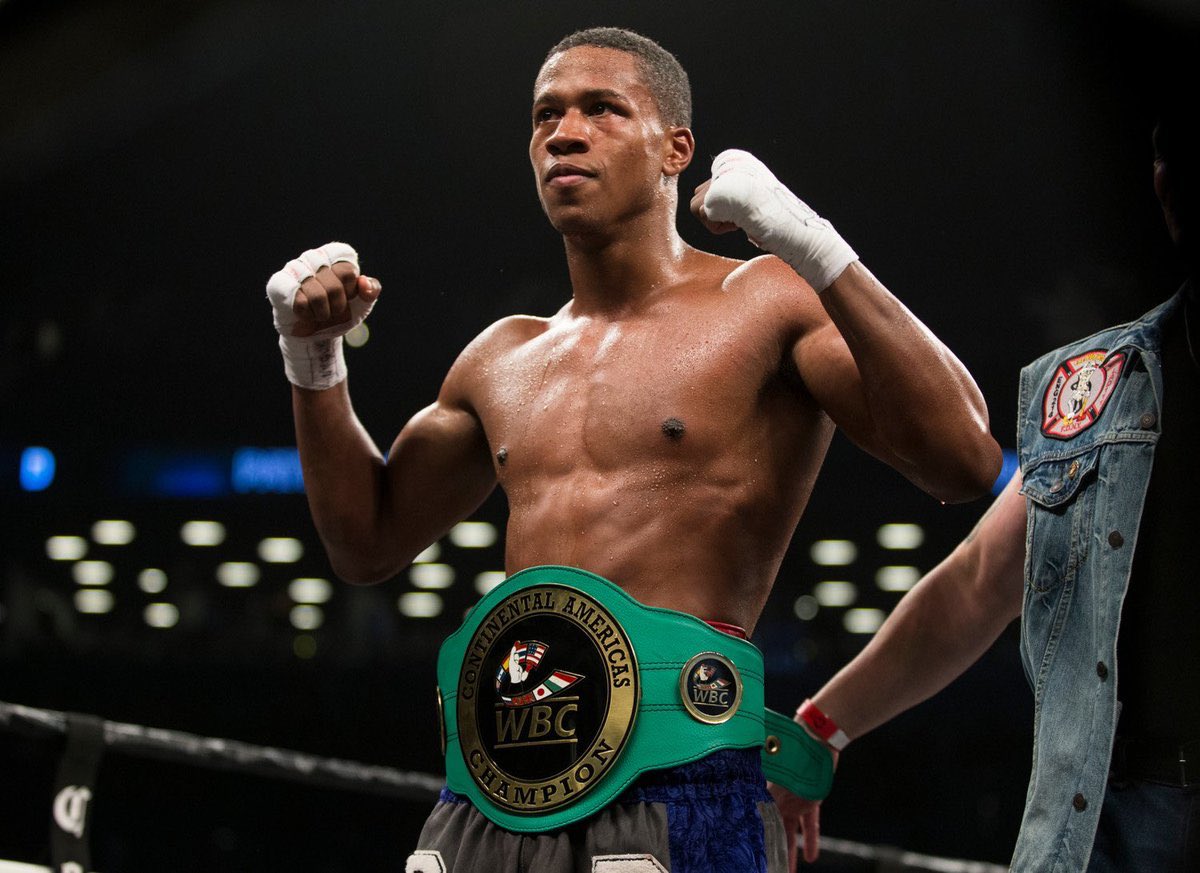
2019 was a particularly devastating year for boxing, and Patrick Day became one of its unfortunate casualties. After a 10th-round knockout by Charles Conwell in Chicago, Day underwent emergency brain surgery but did not recover, passing away surrounded by loved ones several days later. His death, along with others that year, reignited discussions over fighter safety.
Reflecting on the Sacrifice of Boxers
Boxing fans are drawn to the intensity and action of the sport, but it’s vital to acknowledge the danger fighters face every time they step into the ring. The stories of these ten boxers serve as solemn reminders that, behind the spectacle, boxing is a high-risk pursuit with life-or-death stakes. Their legacies endure, both as warriors and as cautionary tales inspiring continued efforts to make the sport safer for all.













